What is osteoarthritis?
Osteoarthritis is a non-inflammatory degenerative joint disease. It is the most common joint disorder in the United States, affecting over 30 million Americans. Normally, cartilage covers the end of each bone, providing a smooth surface for motion between bones as well as a cushion. Unfortunately, the cartilage breaks down in people who suffer from osteoarthritis, resulting in symptoms such as swelling, pain, stiffness, and decreased range of motion.
Osteoarthritis is the most common type of arthritis in the knee. The prevalence of symptomatic knee osteoarthritis in patients aged 45 and older has been estimated between: 5.9 and 13.5 percent in men and 7.2 and 18.7 percent in women. People who overuse their joints, including athletes, military members, and people with physically demanding jobs may be more susceptible to developing osteoarthritis as they age. There is currently no known cure for osteoarthritis. Knee osteoarthritis is often accompanied by comorbidities such as obesity (90%), hypertension (40%), depression (30%), and diabetes (15%). As the world’s population continues to age, it is estimated that degeneration joint disease disorders such as osteoarthritis will impact at least 130 million individuals around the globe by the year 2050.
Treatment Options
Knee Osteoarthritis causes a significant burden in terms of pain, stiffness and disability most severe cases. Initial treatments include activity modifications and limited courses of non-opioid medications to ensure pain reduction and inflammation control.
Nonpharmacological management includes physical therapy, exercise and self-management (e.g. weight loss) interventions. Infrequent corticosteroid and visco- supplementation injections may be considered for short to medium term relief.
Joint replacement surgery may be considered in individuals who are refractory to conservative treatment. Although joint replacement surgery is associated with a high level of clinical success, approximately 20% of patients experience chronic pain after surgery. Recent anatomical studies have revealed that genicular nerve radiofrequency ablation has produced favorable outcomes for patients with osteoarthritis of the knee.
Genicular Nerve Radiofrequency Ablation
Genicular nerve radiofrequency ablation is an effective, minimally invasive management strategy for knee osteoarthritis. This innovative treatment can help individuals prior to joint replacement surgery and may be considered for individuals not candidates for joint replacement surgery based on age and health status.
A diagnostic test is conducted before ablation occurs. During this test, the genicular nerves are targeted with a local anesthetic to numb the nerves. These nerves supply pain sensations to the knee. If the patient receives significant pain relief from the diagnostic test, then it suggests the patient is a candidate for genicular nerve radiofrequency ablation. During genicular nerve radiofrequency treatment procedure, the nerves are heated with a radiofrequency probe to disrupt the transmission and sensation of knee pain. High-level research has shown that the effects of genicular nerve radiofrequency ablation are clinically significant and provide lasting pain relief and improvement in function for as long as a year. In addition, genicular nerve radiofrequency ablation does not jeopardize the ability to perform a joint replacement surgery in the future if needed.
Interested in Clinical Research?
Pain Diagnostics and Interventional Care’s Clinical Research Department is driven to further the science of Pain Medicine to bring our patient the most up to date and effective treatment options.
Contact form
Or just call (412) 221-7640 and we’ll do everything we can to help.
Across all review platforms
Dr. David Provenzano, a leading expert throughout the nation for treating patients who suffer daily from pain, uses advanced diagnostic techniques to assess the source of the pain and develop a comprehensive and safe treatment approach that can significantly reduce your pain.

